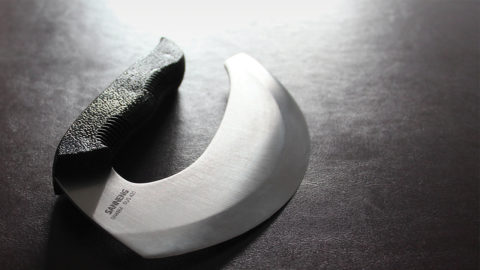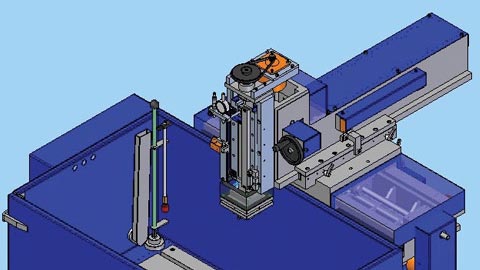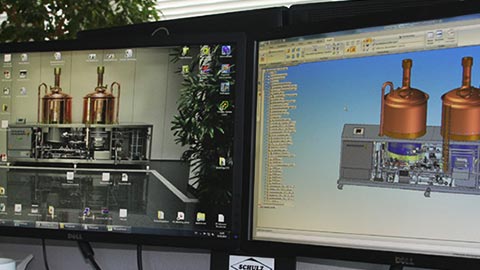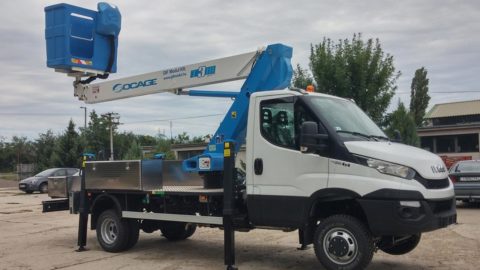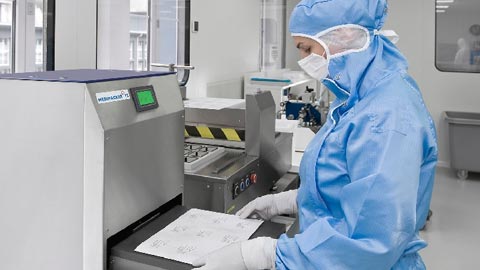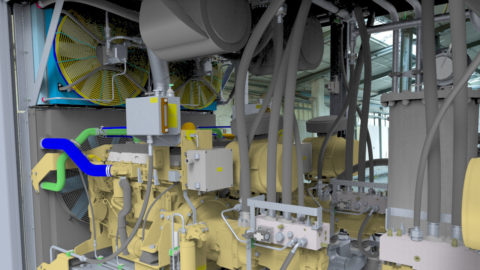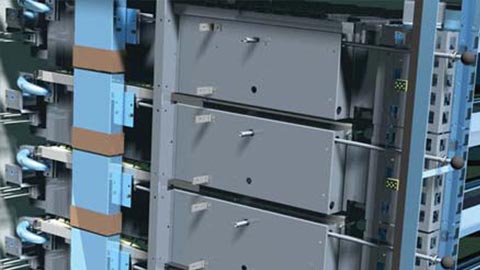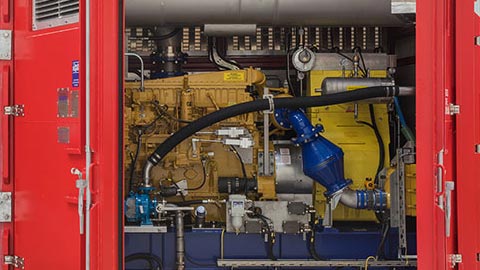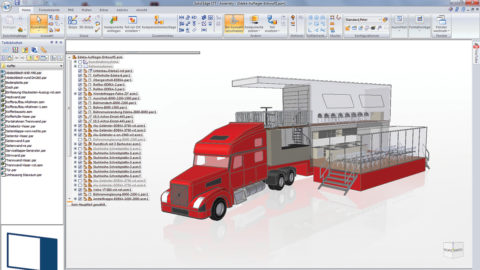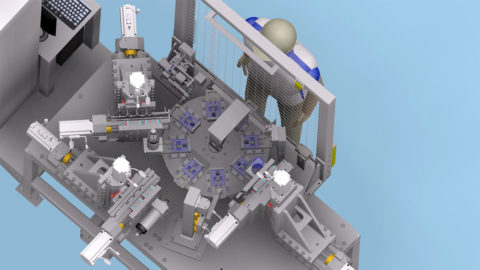Capabilities
Complete, automated sheet metal design with purpose-built tools
To meet unique sheet metal design challenges, such as manufacturability, Solid Edge streamlines the entire sheet metal product development process, from CAD design through flat pattern and drawing development.
Unlike general purpose CAD tools, Solid Edge includes sheet metal-specific features, such as Emboss, Dimple, Drawn Cutout, Bead, Multi-edge Flange, Contour Flange, Straight Brake, and Etch. And with integrated applications for analysis, NC programming, and related tasks, Solid Edge helps you speed design time, improve quality, and reduce costs.
Develop sheet metal models with fewer steps
Effortlessly create sheet metal models from 2D sketches and work directly with geometry. With synchronous technology in Solid Edge, unlike in history-based CAD, features can be edited independently. You can reorder, reorganize, and sort them by name or type. Specialized sheet metal design capabilities allow you to create and make edits to sheet metal features, such as dimples and beads, using sketches and engineering parameters, without having to regenerate unrelated geometry or downstream operations. Multiple flanges can be created in a single operation and flanges can be automatically trimmed. In addition, Solid Edge allows you to “wrap” sheet metal around a solid part.
Easily make changes at all stages of design
Easily make unplanned design changes to sheet metal models while maintaining design intent. Automatically find and maintain design intent, including geometric conditions and model parameters, during drags or dimensional edits. Add driving dimensions to any part of your 3D sheet metal model. Unlike traditional CAD systems, Solid Edge with synchronous technology doesn’t force edits down the tree in the order of creation, or the regeneration of unrelated features—so you can edit the first operation as fast as the last.
Seamlessly reuse supplier and legacy 3D designs
Import sheet metal model files and convert them to usable parts where edits can then be made. Solid Edge recognizes key parameters on imported parts, such as thickness and bends. With Solid Edge, you can continue to design and make edits to imported parts as if they were native geometry—by simply dragging features like tabs or flanges—without remodeling.
Save time with purpose-built capabilities
Specialized sheet metal design capabilities in Solid Edge deliver significant productivity gains compared to general-purpose CAD tools. Process-specific commands—like Lofted Flange for ducting, Part to Sheet Metal for hopper design, and Blank Body for press flat patterns—allow you to model sheet metal parts more quickly. Built-in intelligence saves additional time by automatically calculating material treatments and validating parts for manufacturability. In addition, the ability to create manufacturing-ready sheet metal flat patterns helps eliminate scrap and rework.
Improve quality with built-in design validation
Solid Edge provides unmatched model validation to ensure manufacturability and reduce the need for physical prototypes. Solid Edge includes design sensors that can automatically measure parameters, like the distance between bends, or calculate factors such as cost, variables, and surface area. And with scalable finite element capabilities, you can conduct simulations earlier in the design phase, allowing you to improve the quality of sheet metal parts and reduce product failures, while minimizing material and weight.
Quickly create accurate drawings
Solid Edge streamlines sheet metal drawing creation, including bend tables, with the industry’s most productive CAD drafting system. Formed and flattened components can be detailed, dimensioned, and associatively retained so that they automatically update when your designs change. Bend tables, shaded views, exploded assemblies, and detail and section views can be quickly created within the drawing. Using Microsoft-standard OLE technology (object link and embedding), whole drawings, bend tables, or individual views can be easily re-used in other document types, such as Word, Excel and PowerPoint, to illustrate manuals, technical specifications, brochures, and other publications.
Create NC-ready flat patterns
Solid Edge uses an industry-standard formula to create an NC-ready flat pattern, but gives you the flexibility to define a custom formula based on bend tables. For manufacturing purposes, Solid Edge flat patterns will always show the most efficient cut sheet size. Solid Edge lets you represent deformation features in a manner that best suits your sheet metal manufacturing process. Bend tables can be stored within 3D parts to allow the bend order to be documented, used on drawings, and exported to help program CNC machines. Solid Edge also supports the use of triangulation lines for conical bends – an important enhancement for anyone who creates transitional sheet metal work like square to rounds or conical shapes. Solid Edge also allows the user to remove undesired reliefs from flat patterns.
Use unique functions to easily build complex models
Build complex 3D sheet metal models more easily using enhanced lofted flanges and unique bend bulge relief in a 3D CAD environment. The lofted flange capability improves manufacturability and handles a multitude of cases: one-to-one, one-to-many, arc-to-line, symmetrical, asymmetrical, parallel and non-parallel. The unique auto-relief feature results in more successful creation of lofted flanges. And the new lofted flange bends option provides creation flexibility and accurate flat patterns. In addition, a new bend bulge relief function adds relief to simple bend ends. Lofted flanges are especially useful in the creation of agricultural machine design and industrial food processing equipment. Bend bulges, mechanical deformations that happen when metal plates are bent, can be relieved, a necessary step for manufacturing.
Video
Solid Edge sheet metal design in action
A core design capability of Solid Edge is the sheet metal environment, which provides an entire design-through-fabrication workflow, using streamlined synchronous modeling methods tailored to the unique needs of sheet metal design.
Customer Stories

